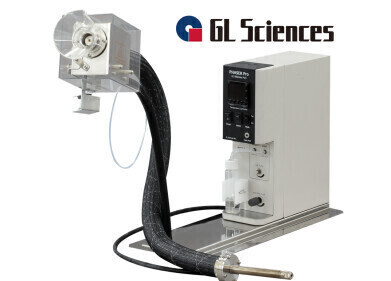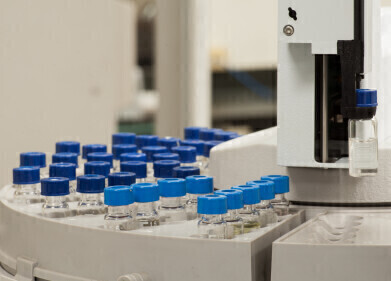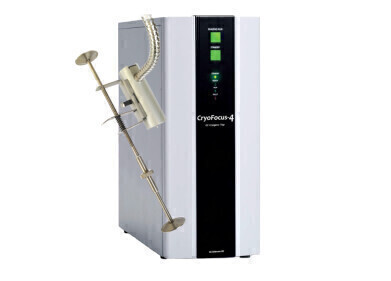GC, MDGC
What is a Robust Method?
Jul 11 2014
When something is described as robust, we think of it as sturdy, strong and well constructed. In pharma, or any other industry, it is important that an analytical method produces the same response whenever and wherever it is used.
It was to this end that the concept of method robustness was developed. One of the most widely used definitions for method robustness in pharma is given by ICH: ‘The robustness of an analytical procedure is a measure of its capacity to remain unaffected by small, but deliberate variations in method parameters and provides an indication of its reliability during normal usage’.
The robustness check can be carried out at any time during method development or validation. The ICH guidelines state that ‘evaluation of robustness should be considered during the development phase’. In its Guidance for Industry, the FDA suggests that method robustness should be evaluated during the early stages of method development. Robustness is not only an indicator of good practice in method development, but also a regulatory requirement. Robustness data obtained during a method’s development can be submitted in support of the validation of a method.
Factors affecting robustness
A robustness test is designed to show the reliability of a method response as different parameters are varied. It is the first stage of a robustness test to decide on which parameters should be tested and by how much to vary them.
The factors fall broadly in one of two areas:
- Operational factors (analytical procedure/operating procedure)
- Environmental factors (environmental conditions)
Factors that can change as a method is transferred (between labs, sites, instruments etc) should be considered in a robustness test.
For example, variations to check liquid chromatography could include:
- pH in a mobile phase
- Mobile phase composition
- Different columns (lots/suppliers)
- Temperature and flow rate
How is robustness determined?
Robustness is determined by using either an experimental design or one factor at a time (OFAT). In the OFAT approach, only one factor is changed with all the others unchanged, and so the effect of changing that factor can be seen. This method can potentially take much longer than the experimental design approach, where the factors are investigated simultaneously, but the data is much simpler to interpret.
Whichever approach is used, and often a combination is used, the data is interpreted statistically and graphically to determine the factors which need to be controlled.
If you are interested in learning more about this topic, read: Why is my Method Not Robust?
Events
May 18 2025 Tempe. AZ, USA
May 21 2025 Birmingham, UK
Jun 01 2025 Baltimore, MD, USA
Jun 15 2025 Bruges, Belgium
Jul 14 2025 Kuala Lumpur, Malaylsia














